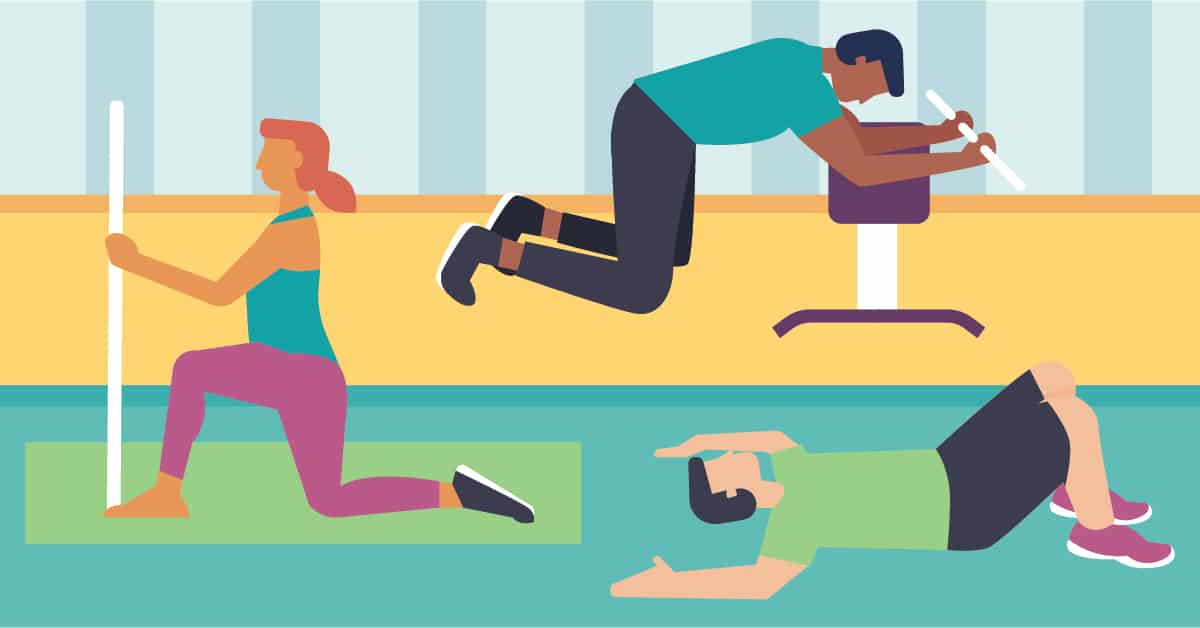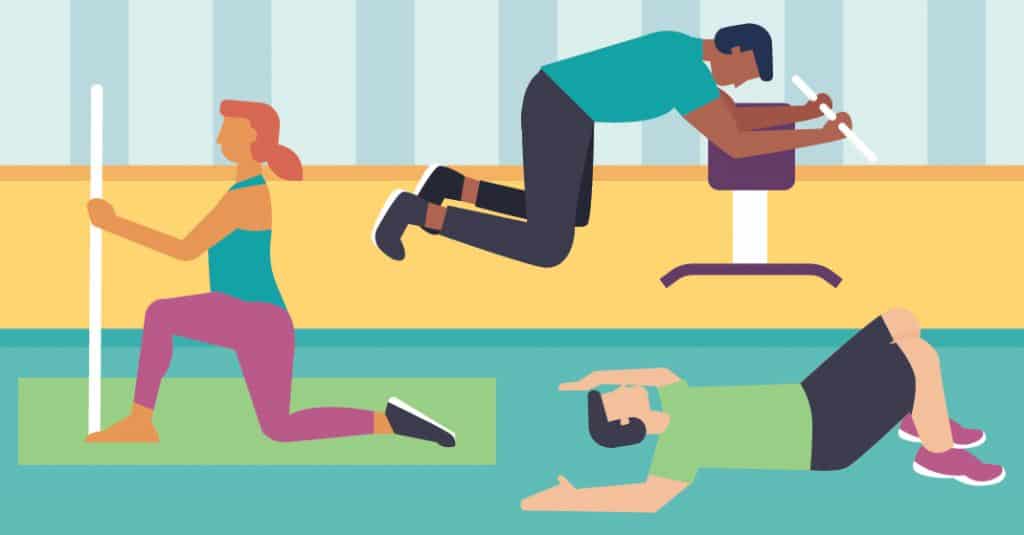
Graduating to the squat rack is a big moment in strength training. It may feel intimidating at first. But when you prepare for that first barbell squat well before you step up to the rack, you can crush your goals with confidence.
This is the first of a two-part series focused on barbell squat basics and essentials. In part one we will focus on joint mobility, which is a key component in the success of your squat. The ankles, upper spine, shoulders, and hips need to flow during a good squat. Read on to learn why these joints are important and how to improve your movement within them.
Prepping the Body to Squat
Getting the body ready is crucial to a successful squatting session. These key indicators will help you know whether or not your body is prepared to take on the demands of the barbell.
Ankle Flexion
Though the hips and knees are thought to be the prime joints in squatting, your ankles play a crucial role in creating positive adaptions to the squatting pattern. If the ankle joints don’t move on the sagittal plane, or the division of the right and left side of the body, stable joints such as the foot and knee will compensate.
There are a few reasons the ankle may feel stuck including bony limitations and joint mobility limitations in the talocrural joint (the actual ankle) and the tibiofibular joint (where the tibia meets the fibula).
Bony limitations—such as bone spurs, a fused ankle from surgery, or an ankle injury from an accident—may cause restrictions within the ankle joint. The only way to determine if you have one of these is with imaging.
When it comes to lack of mobility, most often the direct ankle joint is to blame. But if the ankle moves and you feel a pinching sensation causing limitations, you may want to consult with a physical therapist as your tibia may be behind the hindered mobility.
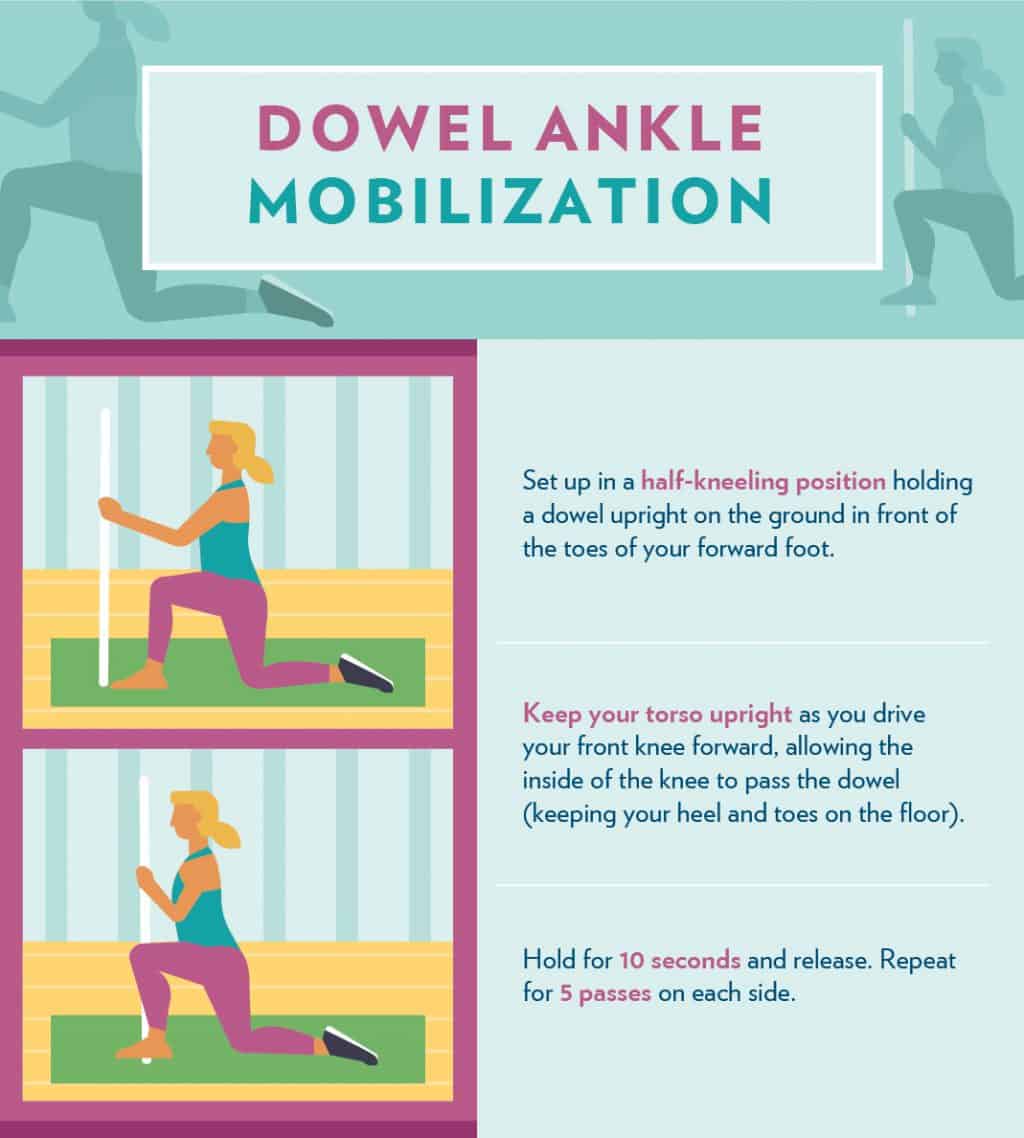
Thoracic Spine Mobility
The plague of desk work has many of us hunched over keyboards and phones all day. This can do a number on the ability for our spine to flex, extend, and rotate. To keep the chest upright in a squat rather than folding forward as you descend, the thoracic spine (or mid-spine between the shoulder blades) needs to extend.
If a lifter can’t achieve a slight arch in the thoracic spine, then the lumbar (or lower spine) takes the brunt of the load. This can lead to low back pain and issues in the hip joints along with sciatic nerve problems.
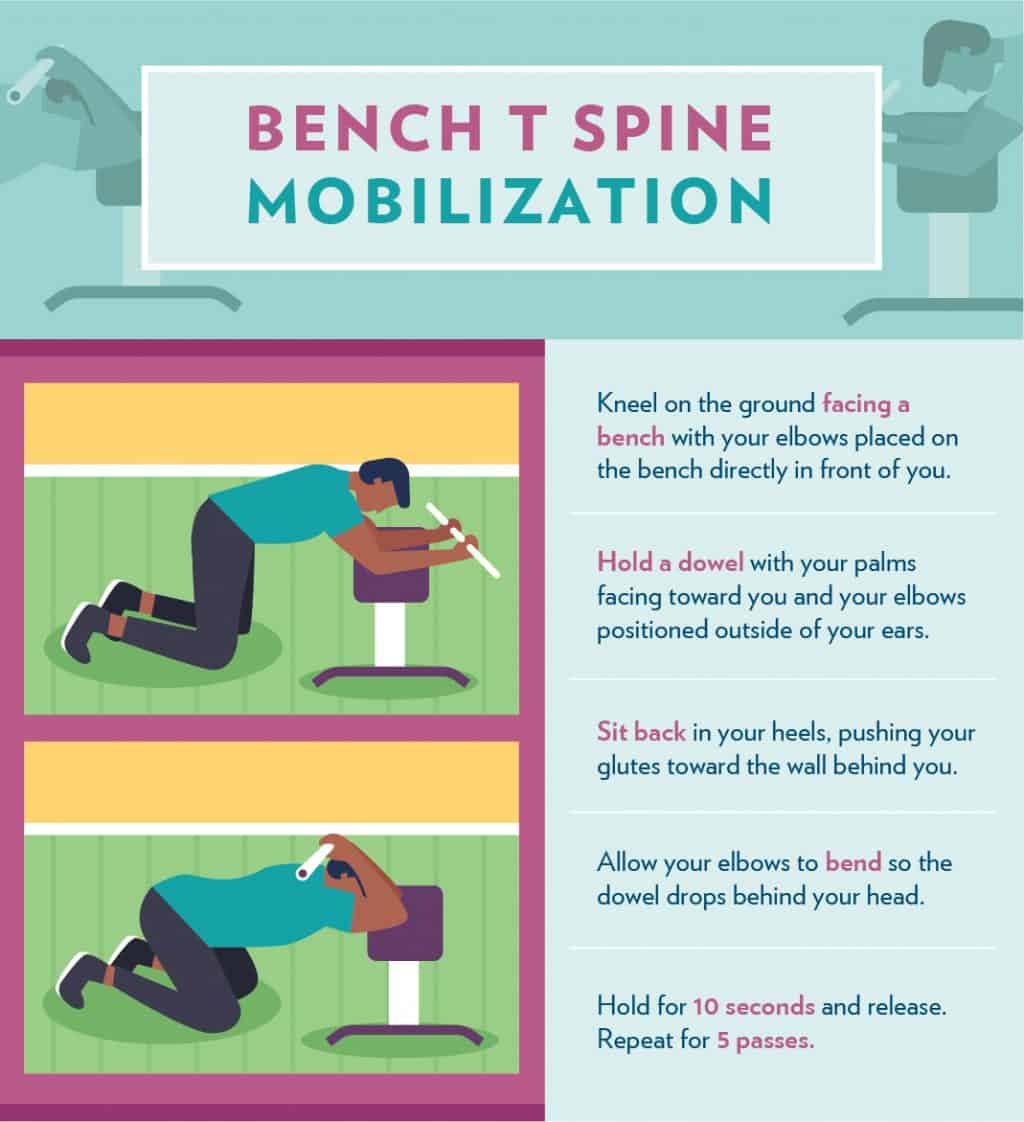
Shoulder Mobility
If you experience shoulder pain during a squat, a few things can come into play. Sometimes the culprit of shoulder pain is lack of thoracic mobility, discussed previously. Another cause of shoulder pain is working out the shoulders too soon before you squat. If this is the case, try to space out your shoulder routine from your squatting routine.
An often-overlooked cause is lack of shoulder mobility, especially external rotation. This means you can’t tip the shoulder blades back to get your hands in the right position on the bar.
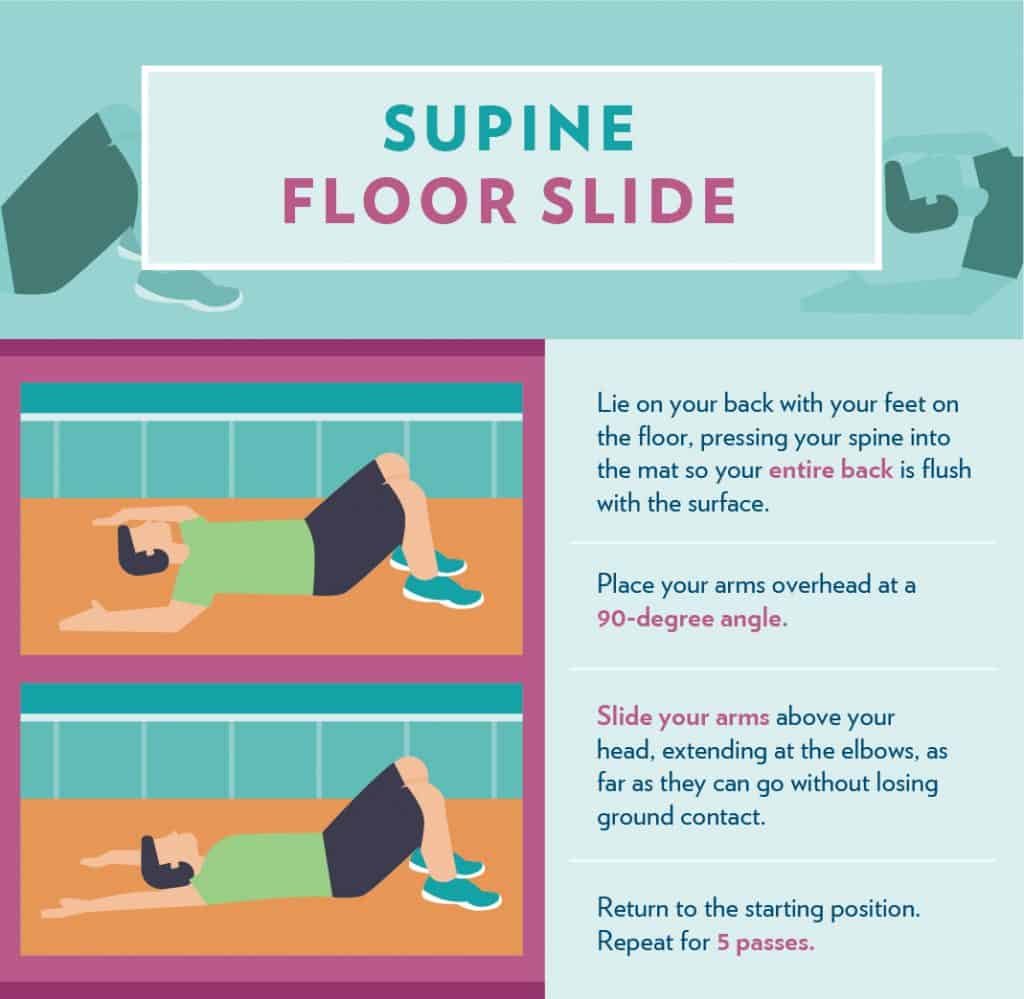
Hip Mobility
The hips move in several different ways during a squat. They flex and extend on the sagittal plane, meaning you bend through the hip joint as you lower into a squat and straighten back to standing. But the hips are always required to rotate internally and externally as you move through different parts of the squat.
A lot can happen in our hips, including structural restrictions and soft tissue limitations. Bodies are unique in structure, and no two hip formations look alike. The form and position of how the femur fits into the pelvis may cause a natural restriction, which can’t really be improved. This isn’t to say someone with natural restrictions can never squat heavy, but squat depth may be limited.
Other soft tissue limitations may include tissue entrapment, such as impingements, or excess stiffness where the tissue refuses to budge. This may take more work and effort to fix before you can safely and comfortably squat.
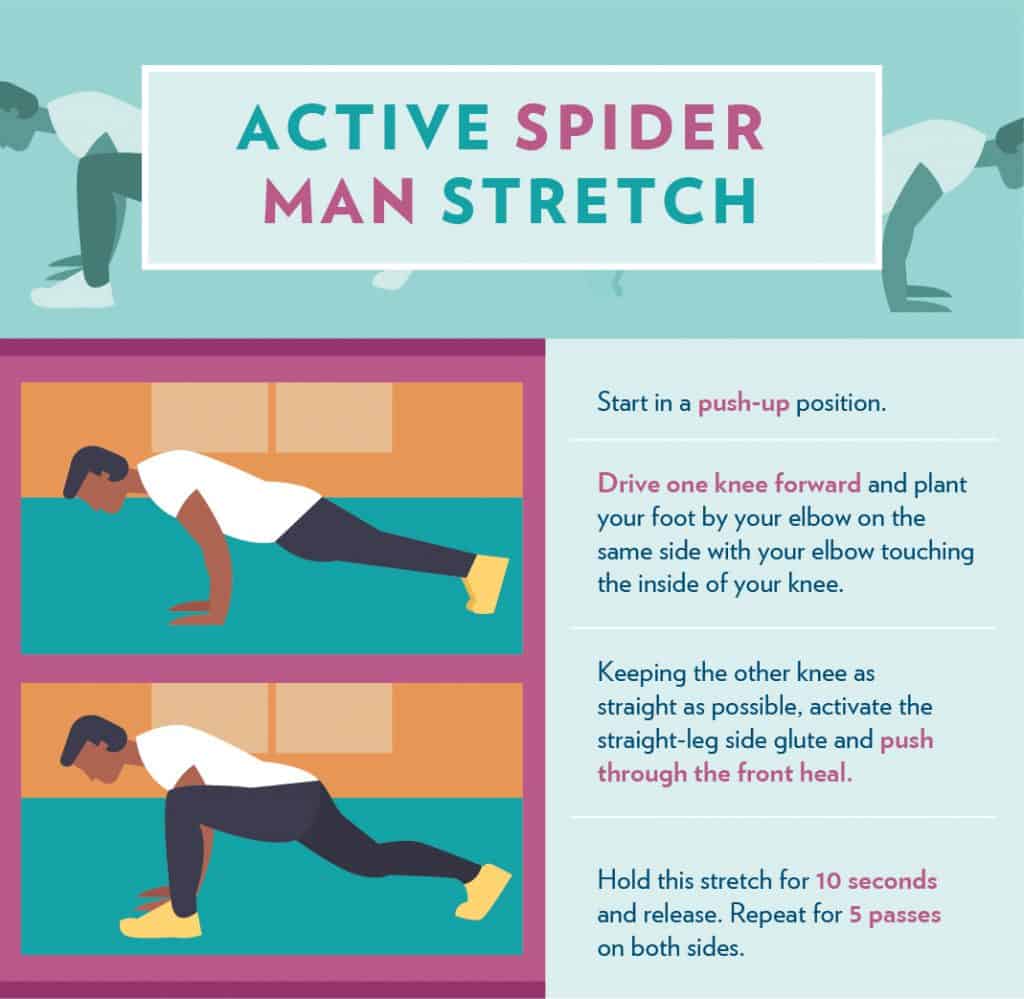
Putting it All Together
Work through these mobility exercises as a warm-up for squatting and lower-body workout routines. The more you improve your mobility, the stronger and more confident you will feel when stepping up to the squat rack for the first time.
